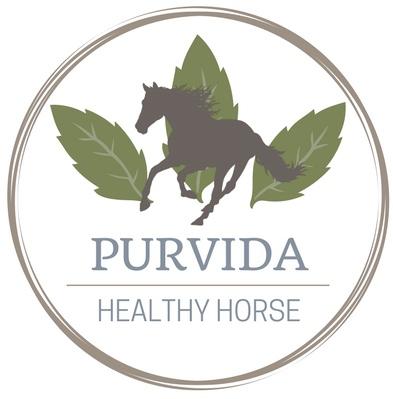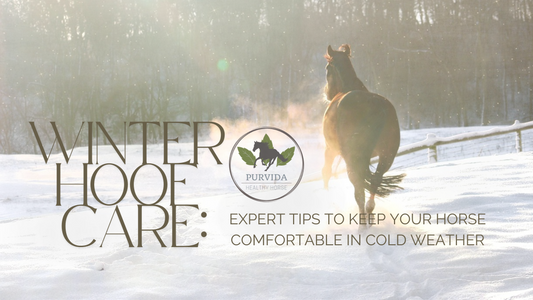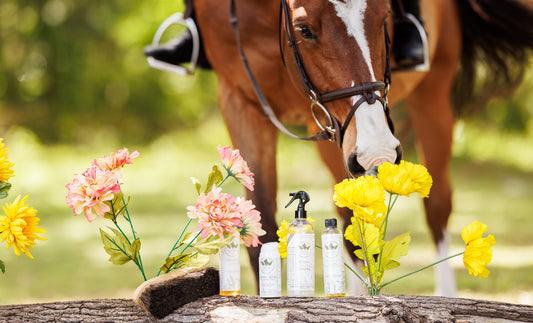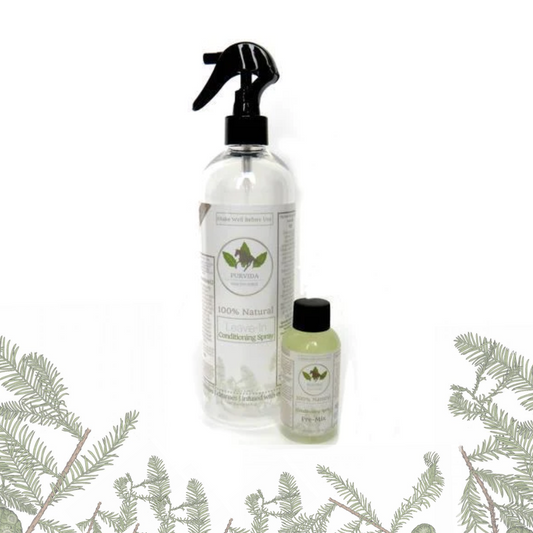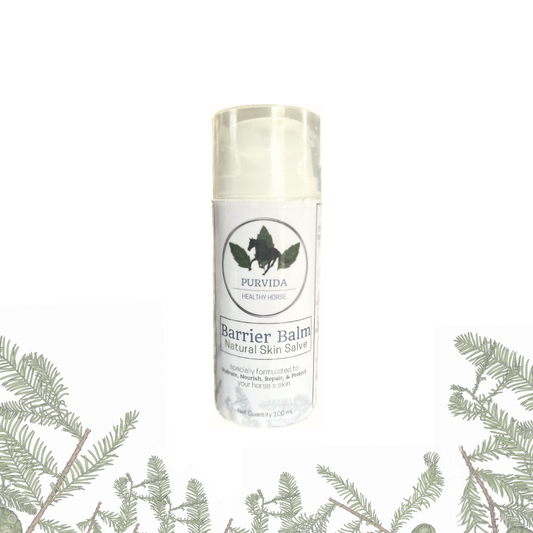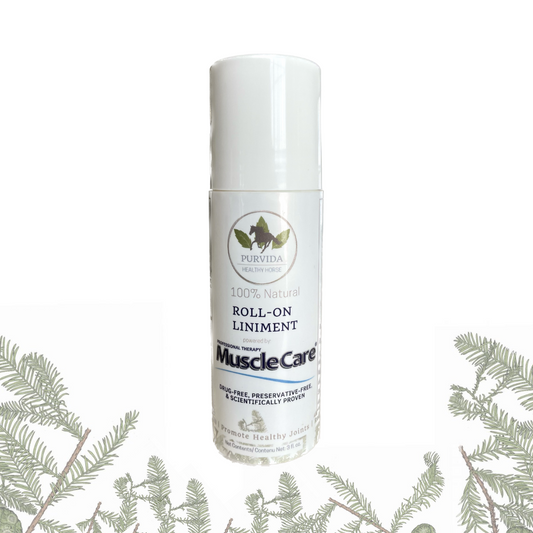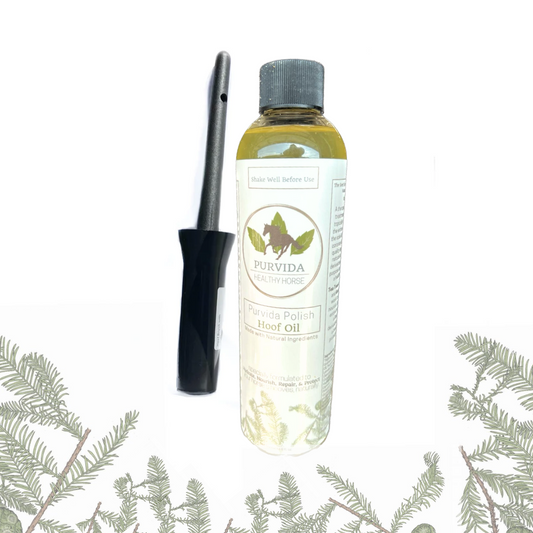Winter brings a host of challenges for horse owners, and hoof health is one of the most important aspects of equine care during the colder months. While many assume that hooves require less attention in winter, changes in temperature, moisture levels, and footing conditions can lead to significant issues. Here’s what you need to know about winter hoof health and how to keep your horse sound through the season.
How Winter Affects Hoof Health
Slower Growth Rates – In colder weather, a horse’s hoof growth slows due to decreased circulation. While this might mean fewer farrier visits, regular trims are still essential to prevent cracking and imbalances.
Increased Brittleness – Dry, cold air can cause hooves to become brittle, leading to cracks and chips. The constant transition between freezing and thawing can exacerbate this issue, making hooves prone to flaking and breakage.
Mud and Moisture Issues – Alternating between wet, muddy conditions and freezing temperatures can make hooves soft and more prone to bacterial infections like thrush and white line disease. Wet conditions can also strip the hooves of their natural oils, leading to increased susceptibility to damage.
Snow and Ice Build-Up – Packed snow in hooves can create discomfort and increase the risk of slipping, leading to potential injuries. Ice accumulation can also put strain on the hoof wall, leading to cracks and discomfort.
Reduced Blood Flow – Cold temperatures cause vasoconstriction, which limits blood flow to the hooves. This can slow down the healing process for any existing cracks, bruises, or abscesses, making proper winter care essential.
Tips for Maintaining Healthy Hooves in Winter
-
Regular Trims: Keep up with farrier visits even if hoof growth has slowed to maintain balance and prevent cracks.
-
Moisture Management: If hooves become too dry, consider applying a natural hoof conditioner. If conditions are excessively wet, ensure your horse has access to dry footing to prevent softening and bacterial infections.
-
Pick Hooves Daily: Removing packed snow, mud, and debris reduces the risk of bacterial infections and improves traction.
-
Use Snow Pads or Barefoot Boots: If your horse is shod, talk to your farrier about snow pads or anti-snowballing solutions to prevent ice buildup in the hooves.
-
Diet Matters: Nutrition plays a role in hoof health. Ensure your horse is receiving adequate biotin, zinc, and amino acids to support strong hooves.
-
Improve Circulation: Encourage movement to help maintain healthy blood flow to the hooves. Turnout, even in winter, is beneficial to hoof health.
Purvida Polish Hoof Oil Helps Protect Hooves in Winter
Our all-natural hoof oil is designed to provide the moisture balance necessary to combat winter’s harsh conditions. Here’s how it can benefit your horse’s hooves:
Prevents Brittleness: The natural oils in our formula deeply penetrate the hoof, keeping it hydrated and preventing cracking due to dry winter air.
Strengthens the Hoof Wall: Avocado oil, with its essential fatty acids, help fortify the hoof structure, reducing the risk of chips and splits.
Creates a Protective Barrier: A light application of our hoof oil helps shield hooves from excessive moisture absorption with the power of beeswax, creating a breathable seal. Tea tree oil further helps by naturally killing bacteria, reducing the risk of thrush and white line disease.
Supports Natural Elasticity: Hooves need to remain flexible to handle impact properly. Our oil helps maintain elasticity, reducing the risk of brittle, weak hooves in cold weather.
Encourages Blood Flow: The inclusion of essential oils like tea tree oil and avocado oil promotes circulation and collagen production, helping keep hooves healthy even in cold temperatures.
To learn more and order now, click here.
Taking proactive steps to manage hoof care in the winter, combined with regular use of our hoof oil, will help prevent discomfort, injury, and infection, keeping your horse sound and happy throughout the season.

